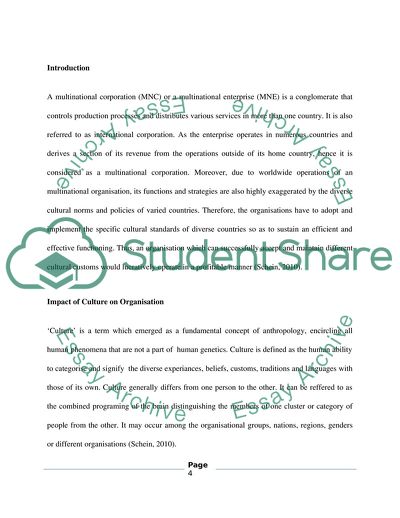Cite this document
(Implications of Multinational Corporations Essay, n.d.)
Implications of Multinational Corporations Essay. https://studentshare.org/human-resources/1765954-implications-of-a-mnc
Implications of Multinational Corporations Essay. https://studentshare.org/human-resources/1765954-implications-of-a-mnc
(Implications of Multinational Corporations Essay)
Implications of Multinational Corporations Essay. https://studentshare.org/human-resources/1765954-implications-of-a-mnc.
Implications of Multinational Corporations Essay. https://studentshare.org/human-resources/1765954-implications-of-a-mnc.
“Implications of Multinational Corporations Essay”. https://studentshare.org/human-resources/1765954-implications-of-a-mnc.


